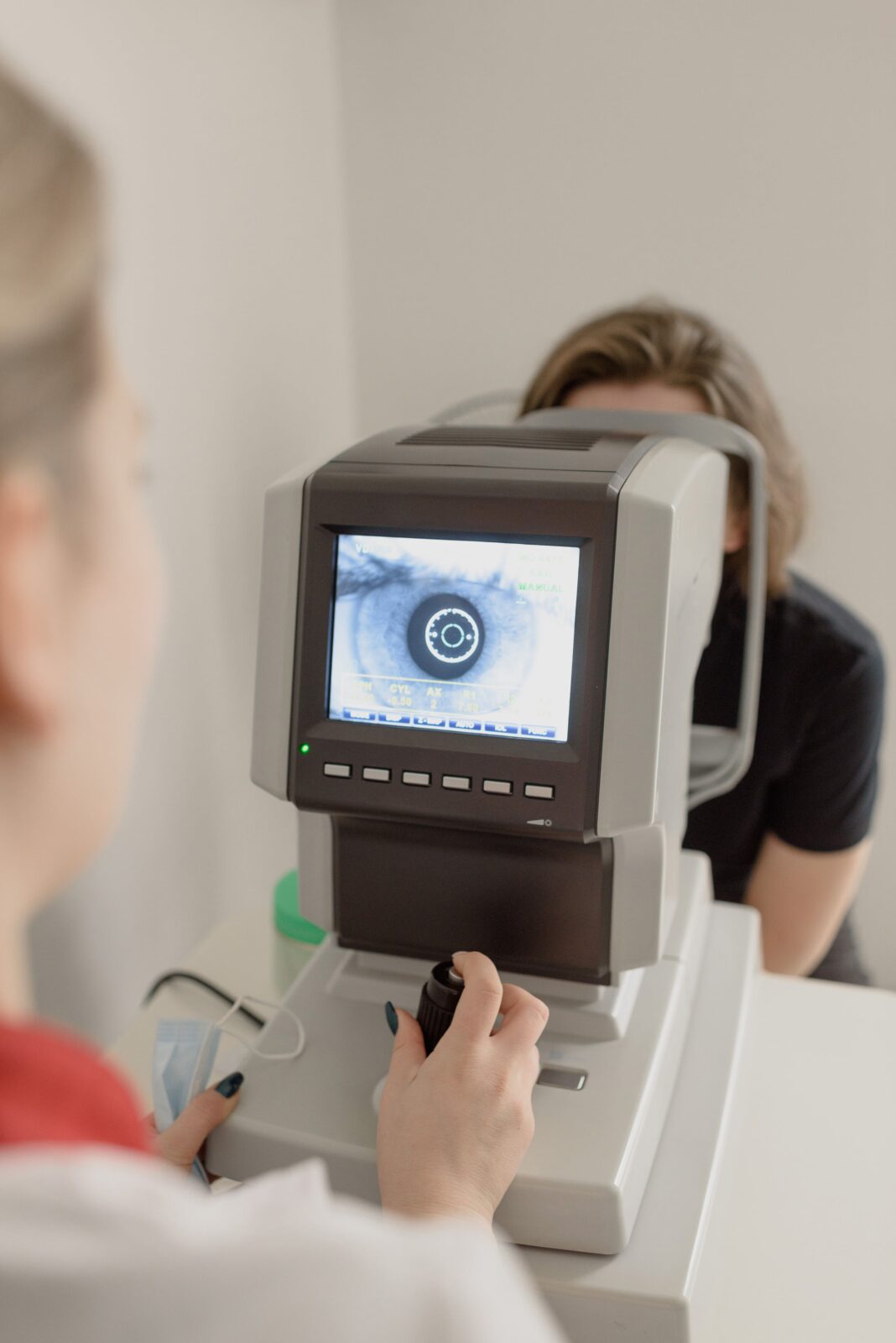
Are you considering LASIK eye surgery and wondering which procedure is right for you? With various types of laser eye surgery available, each using different tools, technology, and techniques, it’s important to choose the one that best meets your needs. Bladeless LASIK, a popular alternative to traditional LASIK, shares many similarities with its traditional counterpart but also has a few key differences. In this post, we’ll take a closer look at how bladeless vision correction works and what you can expect from the procedure.
Bladeless Laser Eye Surgery: How Blade Free LASIK Works, and What to Expect
Learning about laser eye surgery options online is a great first step, but it’s important to note that only your laser eye surgeon can recommend the right procedure for your unique needs. So, if you haven’t scheduled your free laser eye surgery consultation yet, now is a great time to do so.
The first step toward learning more about bladeless LASIK is explaining some of the lingo:
Also Known As…
During your research you may find that bladeless LASIK is referred to by a few different names, but each refers to the same procedure. Some of the common names for bladeless LASIK include blade free LASIK, and all-laser LASIK. You may also see a brand name integrated with one of those common terms for bladeless LASIK.
How Bladeless Laser Eye Surgery Works
If you’re learning about laser eye surgery, you may already be familiar with the concept of the LASIK flap, which is created at the start of the procedure and allows your LASIK eye surgeon to address vision problems at the correct level of the eye. During traditional LASIK procedures, the flap is created by an instrument called a microkeratome, which is an oscillating diamond blade.
- Instead of using a microkeratome, bladeless laser eye surgery relies on the use of a specialized laser to create the LASIK flap. This is where the terms “bladeless” and “all-laser” LASIK come from, as well as the key difference between bladeless and traditional LASIK.
- By using the most advanced LASIK technology, your laser eye surgeon is able to map the eye, based on the unique structure of each individual’s eye, to create a custom LASIK flap.
- After the flap is created, the bladeless LASIK procedure works very similarly to traditional LASIK. Most importantly, bladeless surgery significantly reduces intra and post-operative complications making it a safer procedure.
What to Expect from Bladeless LASIK Surgery
While blade-free LASIK has a few key differences from traditional LASIK, the preparation, procedure, and healing process share many similarities. The process begins with a visit to your local TLC Laser Eye Center for a free consultation.
- During your free consultation, your laser eye surgery specialist will review your vision correction needs, and discuss your laser eye surgery options.
- Before the bladeless vision correction procedure, you’ll have a pre-operative visit, which makes specific measurements of your eye. This is when much of the “customization” is done for the procedure.
- On the day of your procedure, your laser eye surgery team will prepare you for surgery, and after the procedure, there will be a brief recovery period. Bladeless LASIK is an outpatient procedure, which means that you get to go home the same day.
- The recovery process begins with rest on the day of surgery and continues with follow-up visits to check on your progress. As healing progresses and vision stabilizes, there is a longer gap between each follow-up visit.
- While every patient is unique, most patients see very well the next day. As with any surgery, it takes time to heal. Most patients are able to resume normal daily activities within a few days and the eye is completely healed in 3 months. You are seen for scheduled visits along the way. Overall, you may notice many similarities between bladeless and traditional LASIK, along with the differences that set each procedure apart.
Scheduling your free laser eye surgery consultation is the best way to learn more about bladeless vision correction, and the laser eye surgery options available.


